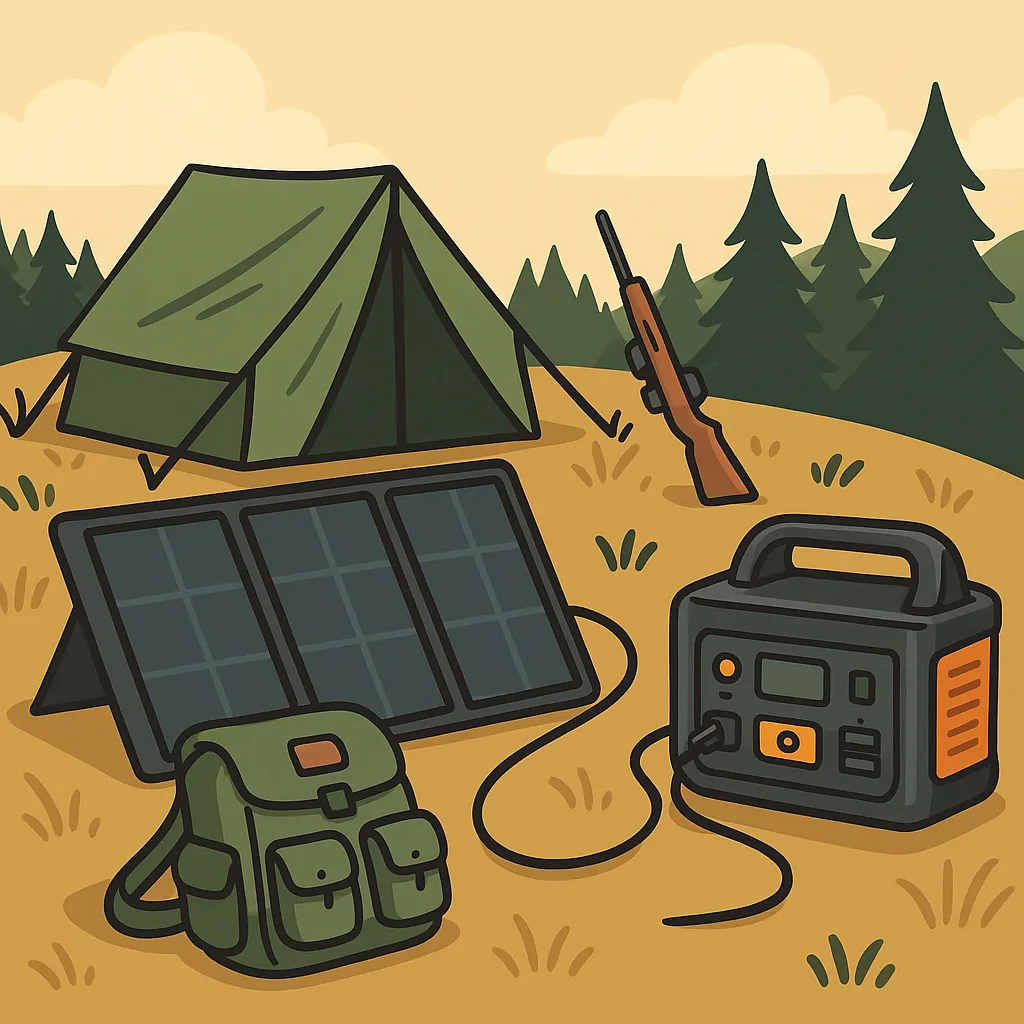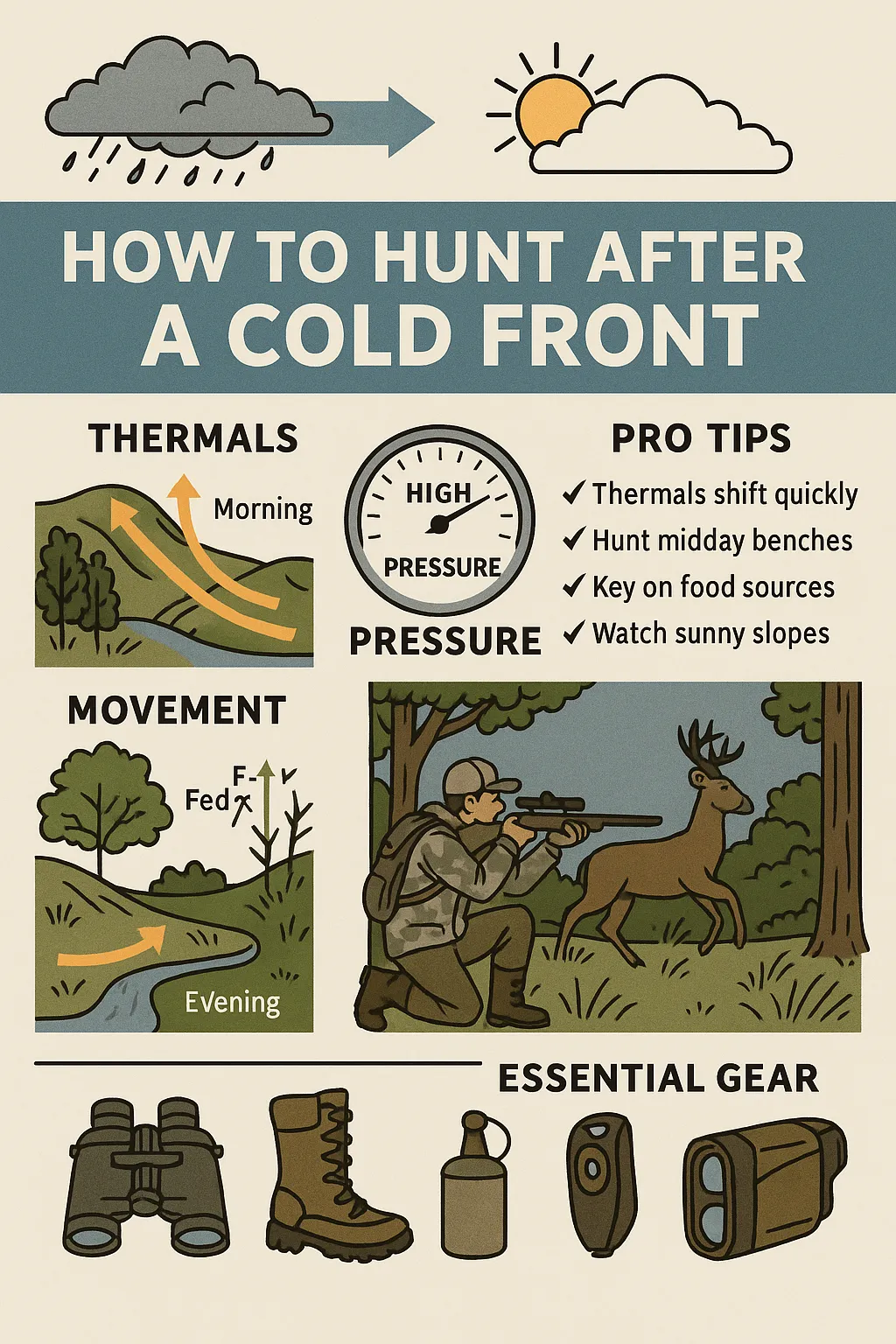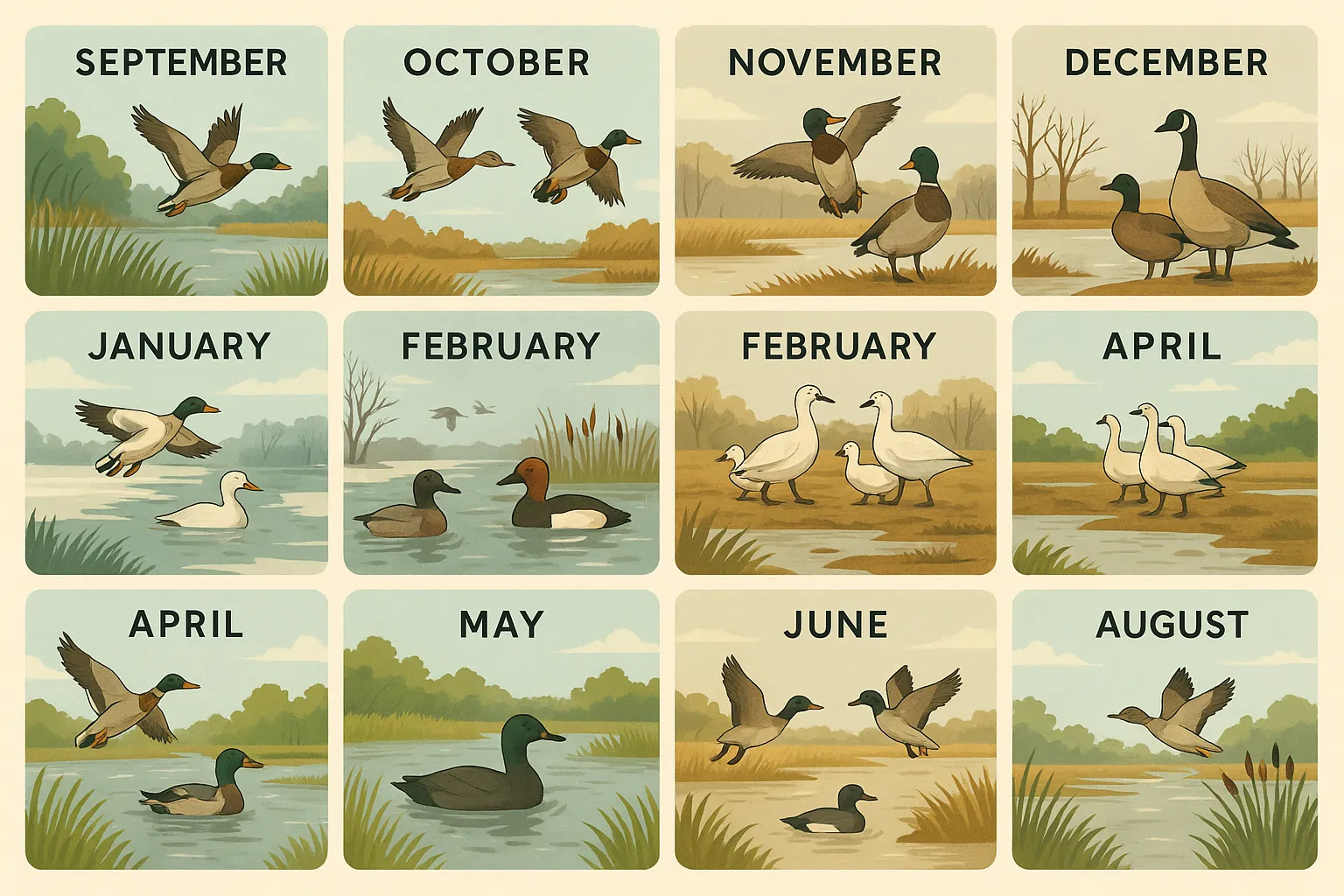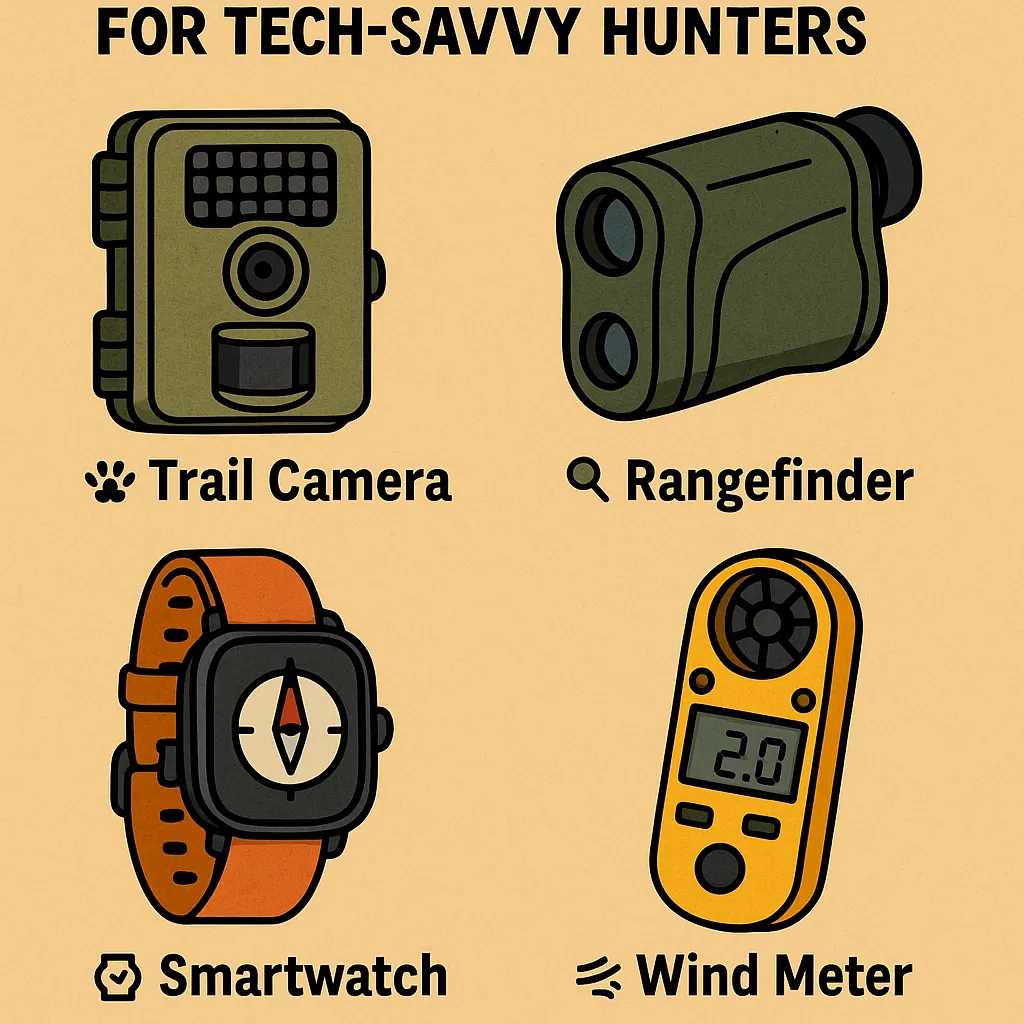
DIY Portable Solar Charging Kits for Hunting Camps
When you’re miles off-grid with no generator hum and no outlet in sight, solar power becomes a silent, scent-free asset for today’s hunter. Whether you’re running trail cams, topping off radios, or powering your heated socks at night, DIY portable solar charging kits are keeping hunting camps wired without spooking wildlife. Here’s how the pros are building theirs.
🌞 Why Solar for Hunting Camps?
🔸 No Noise: Unlike gas generators, solar is completely silent 🔸 No Scent Trail: No fuel = no odor around camp 🔸 Unlimited Fuel: As long as the sun shines, you’re charging 🔸 Perfect for Basecamps & Spike Camps: Keep electronics topped up without hiking out
🎙️ “I’ve run a 100W panel and battery bank for 5 days—kept my inReach, phone, and headlamp topped off.”
— Marcus B., Idaho
⚙️ Step 1: Pick the Right Solar Panel Setup
🔋 Common DIY Solar Panel Options:
- 60W–100W Foldable Panels: Lightweight and packable
- Rigid 100W Panels: More efficient for basecamps
- Built-in MPPT Controllers: Improve charging efficiency
🔌 Pro Brands to Consider:
- Renogy, Jackery, Goal Zero, AllPowers, BioLite
🎙️ “I use Renogy 100W panels with a built-in MPPT charger. It folds and fits in the side pocket of my gear sled.”
— Jesse T., Minnesota
🔋 Step 2: Choose a Battery Bank or Power Station
🧰 Top Power Bank Features:
- 12V/USB/AC outlets
- Lithium-ion preferred (lightweight, long cycle life)
- Minimum 20,000 mAh for multi-day hunts
🥇 Hunter-Tested Power Stations:
- Jackery Explorer 240 or 500 – Great for small camps
- Goal Zero Yeti 200X or 500X – Rugged & solar-ready
- Anker Powerhouse – Lightweight and high-output
🎙️ “Used a Jackery 240 for a 6-day elk camp. Ran my CPAP and recharged headlamps and two phones nightly.”
— Dylan W., Colorado
🔧 Step 3: Cable, Connect, and Protect
🧵 Key Accessories:
- Anderson-to-USB adapters
- DC splitters and SAE cables
- Waterproof storage cases or ammo cans
- Velcro panel mounts or tent clips
🎯 Setup Tips:
- Use 10–14 gauge wire to reduce voltage drop
- Color code connectors for quick assembly
- Elevate panels off ground using trekking poles or tripod stakes
🎙️ “I wired mine into a dry box with a voltmeter and 3 ports—charges my drone, sat phone, and GoPro no problem.”
— Lara M., Utah
🛠️ Field-Tested Solar Kit Loadouts
| Kit Level | Panel Size | Power Bank | Best For |
|---|---|---|---|
| Minimalist | 60W foldable | Anker 20,000 mAh | Overnight bivy hunts |
| Standard Camp | 100W panel | Jackery 500 | 3–5 day basecamp |
| Power-User | 2x 100W | Yeti 1000 Core | Multi-user tech-heavy camp |
🧠 Pro Tips from the Field
- Pre-charge power banks before departure
- Angle panels southward for max exposure in the northern hemisphere
- Keep panels dust-free with a microfiber towel
- Use a solar controller to avoid overcharging
- Recharge at midday when sun is strongest
📣 Community Sources & Gear Hacks
- Forums: DIY Solar Hunters, Elk101 Backcountry Power, SaddleHunter
- Retailers: Backcountry.com, REI, Sportsman’s Warehouse, SolarGo
- YouTube DIYs: OffGrid Campers, HuntSolar, Trail Camp Tinkering
Pro Tip: Keep your solar rig lightweight, modular, and waterproof. The best kits are the ones that don’t slow you down—or short out on day two.
🌟 Final Charge: Off-Grid, On-Point
Hunting remote doesn’t mean going dark. With the right solar kit, you can keep your tech online and your focus on the hunt. From trail cam cards to topo map downloads, today’s DIY solar setups are quietly powering smarter camps across the country.
When the forest is still, silence is golden—and so is solar.
Leave A Comment
Related Posts
Women-Specific Hunting Gear That Actually Performs in 2025 Forget the […]
Must-Have Gadgets Under $100 for Tech-Savvy Hunters You don’t need […]
Eco-Friendly & Sustainable Hunting Gear Options in 2025 The modern […]








